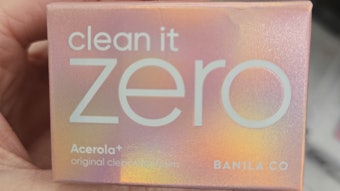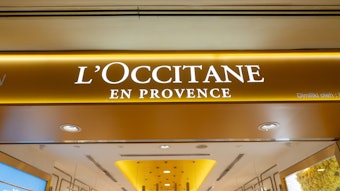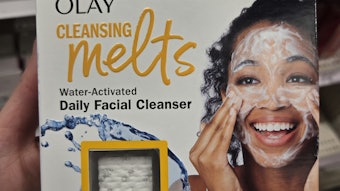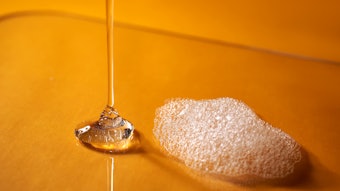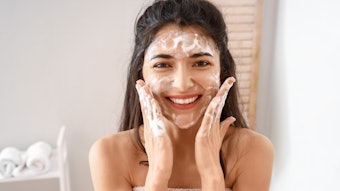In the 65 years since the launch of the first synthetic liquid detergent, there has been an ongoing attempt by many chemical manufactures in the personal care industry to promote products that are not overly harsh or tested on animals. While the latter requirement has proven to be an easier challenge than the former, the use of products such as sodium lauryl sulfate (SLS), sodium lauryl ether sulfate (SLES) and DEA alkanolamides still continues because these products are cost-effective to manufacturers, despite their unpopularity with consumers and formulators. This unfortunate situation between chemical manufacturers and consumers remains intolerable, and any brief Internet search will turn up a plethora of sites casting negative attributes on these harsh, objectionable materials.
Removal of an “undesirable name” from a label is not necessarily a solution. For example, while SLES is not SLS, there is approximately 30% by weight SLS in 3-mole ether sulfate. This persistence of SLS is a direct consequence of the traditional ethoxylation process. Perhaps SLES is a slight improvement, but it still does not provide an SLS-free product.
Another approach has been to use sodium coco-sulfate instead of SLS in formulations. However, this approach does not survive technical scrutiny, since the predominant species (48% by weight) in sodium coco-sulfate is SLS. Such approaches do not solve the greater problem at hand and only divert attention from more productive, satisfactory approaches. In fact, recent HET CAM tests suggest sodium coco-sulfate is just as irritating to the eyes as SLS or SLES. For the complete article, click on "Purchase this article."

